Gaziantep is a city located in the southeast of Turkey. The city is famous for its historical and cultural richness. One of these riches is the ancient city of Zeugma. Zeugma Ancient City is located in the Nizip district of Gaziantep, west of the Euphrates River. The city was founded in the 3rd century BC and became an important trade center during the Roman Empire. Zeugma Ancient City is famous for its mosaics. The mosaics found in the city are among the most beautiful in the world. In addition, other ruins found in the city are of great historical and cultural importance. Zeugma Ancient City is one of Gaziantep's historical treasures and is among the places that must be visited.
The Historical Importance and Discovery Story of Zeugma Ancient City
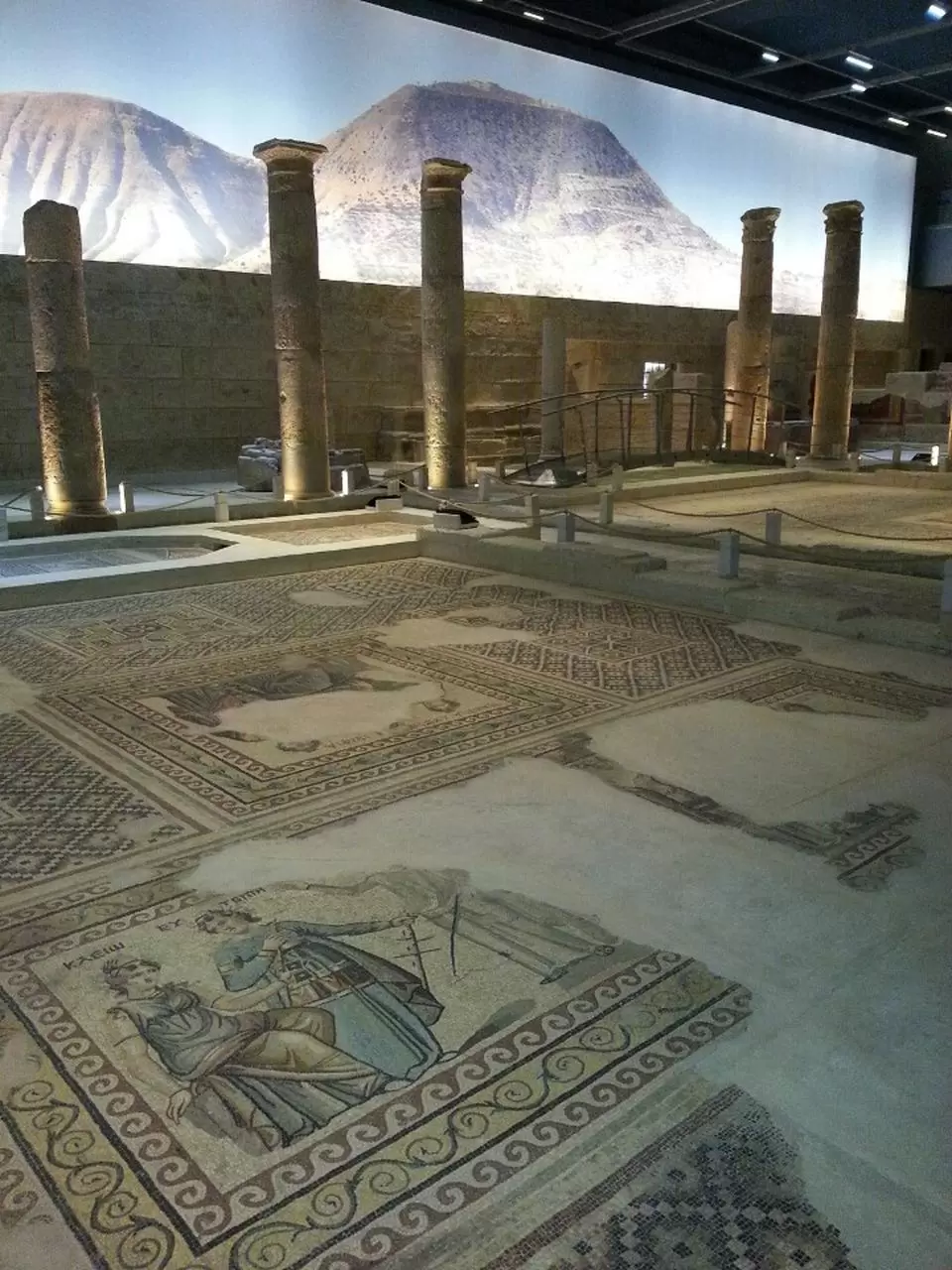
Zeugma Ancient City is an ancient city located within the boundaries of Nizip district of Gaziantep province in the southeast of Turkey. This city, which dates back to 300 BC, became an important trade center during the Roman Empire period. Zeugma, which was established on both sides of the Euphrates River, took its name from a Greek word meaning "bridge". The city has been under the domination of many civilizations throughout history.
The discovery of Zeugma Ancient City began in 1987. At that time, the city, which was submerged under the waters of the Euphrates River, was going to be submerged due to dam construction. For this reason, rescue excavations were started and many important artifacts were found in the city. As a result of the excavations, many buildings, mosaics, and sculptures were unearthed in the city. These artifacts reveal the historical and cultural importance of Zeugma Ancient City.
One of the most important artifacts of Zeugma Ancient City is the "Zeugma Mosaic Museum", famous for its mosaics. The museum displays the mosaics found in the city. Among these mosaics, there are important works such as "Dionysus and Ariadne", "God of the Nile", "Zeus and Ganymede". In addition, the "Zeugma Ancient Theater" in the city is also an important structure. The theater has a capacity of approximately 4,000 people and carries many features of the Roman period.
The discovery of Zeugma Ancient City has made a significant contribution to Turkey's cultural heritage. The artifacts found in the city have great historical and cultural importance. Therefore, the preservation of Zeugma Ancient City and its transfer to future generations is of great importance.
Archaeological Treasures Found in the Ancient City of Zeugma
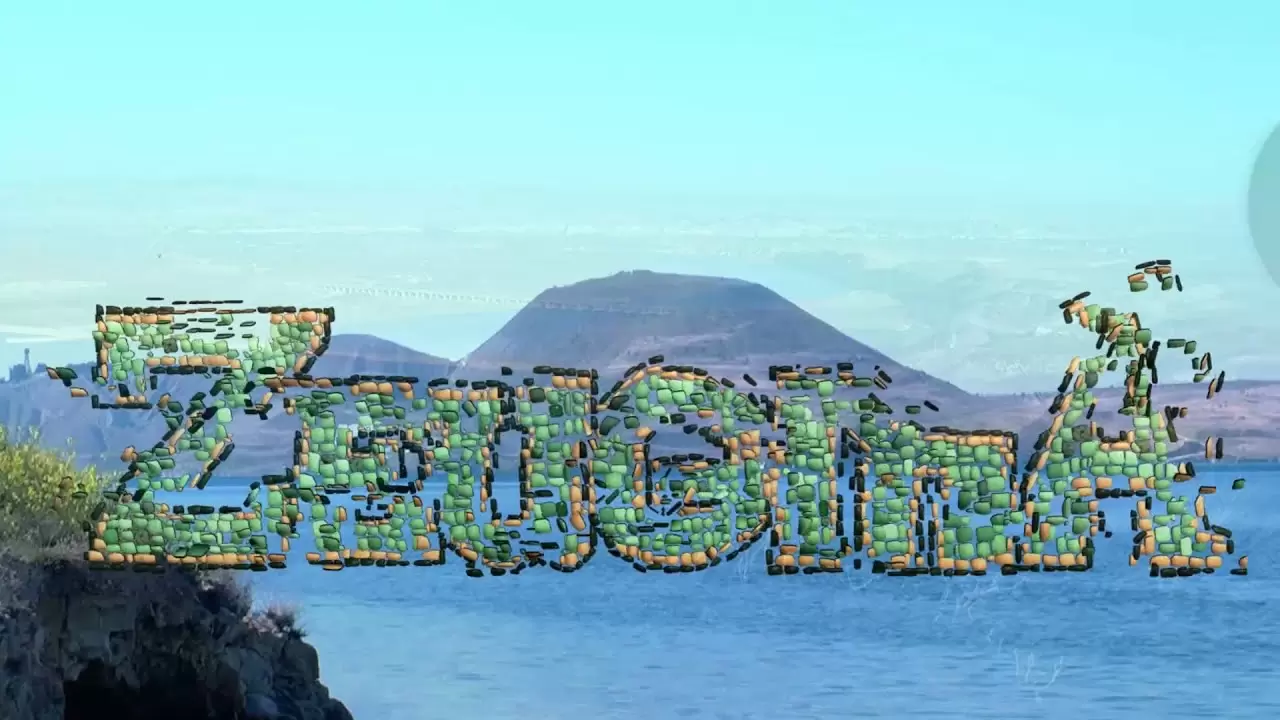
Zeugma Ancient City is a historical settlement located in the Nizip district of Gaziantep, Turkey. Zeugma, which was an important trading center during the Roman Empire, is located on the west bank of the Euphrates River. As a result of archaeological excavations carried out in the city, many historical artifacts and treasures have been unearthed.
Among the archaeological treasures found in Zeugma Ancient City, the most important are the mosaics. The mosaics found on the floors of the houses in the city are one of the finest examples of Roman art. The mosaics depict mythological scenes, animal figures, and geometric patterns. In addition to these, many artifacts exhibited in the museum in the city are also remarkable. These include glassware, ceramics, sculptures, and coins.
One of the most important treasures found in the excavations carried out in Zeugma Ancient City is the "Zeugma Ship Mosaics". These mosaics depict scenes on the deck of a ship. The mosaics include detailed depictions of people, animals, and plants on the ship. These mosaics are among the largest in the world.
The archaeological treasures found in Zeugma Ancient City are known worldwide for their historical and cultural value. These treasures are important works that shed light on human history. The museum in the city offers visitors the opportunity to see these works up close and take a historical journey. Zeugma Ancient City is an important part of Turkey's cultural heritage and is a historical treasure that needs to be preserved.
Architectural Structure and Features of Zeugma Ancient City
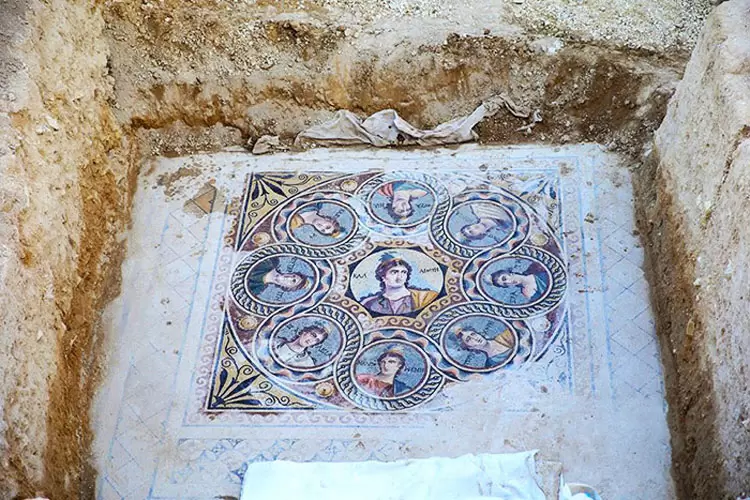
Zeugma Ancient City is a historical city located in the Nizip district of Gaziantep province. This ancient city, founded during the Roman Empire period, has a very rich history and culture. The architectural structure and features of Zeugma Ancient City are one of the most important indicators of this rich past.
The architectural structure of Zeugma Ancient City reflects the architectural style of the Roman Empire period. The structures in the city were generally built using stone and brick materials. Among the most important structures in the city are the ancient theater, ancient bath, ancient bridge, and ancient houses.
The ancient theater is one of the most important structures of Zeugma Ancient City. The theater has a capacity of approximately 4,000 people and was built during the Roman Empire period. The theater is still in use today and hosts various events.
The ancient bath is one of the largest structures of Zeugma Ancient City. The bath is approximately 50 meters long and 20 meters wide. Inside the bath, there are hot water pools, cold water pools, sweating rooms, and resting rooms.
The ancient bridge is one of the most important structures of Zeugma Ancient City. The bridge was built over the Euphrates River and is approximately 200 meters long. The bridge was built during the Roman Empire period and is still in use today.
The ancient houses are one of the most important structures of Zeugma Ancient City. The houses were generally built as two-story and courtyard houses. Inside the houses, there are various mosaics and frescoes.
The architectural structure and features of Zeugma Ancient City show that it has a very rich history and culture. The city is still heavily visited by tourists today and has a very important place in terms of history and culture.
Things to Know About Life and Culture in the Ancient City of Zeugma
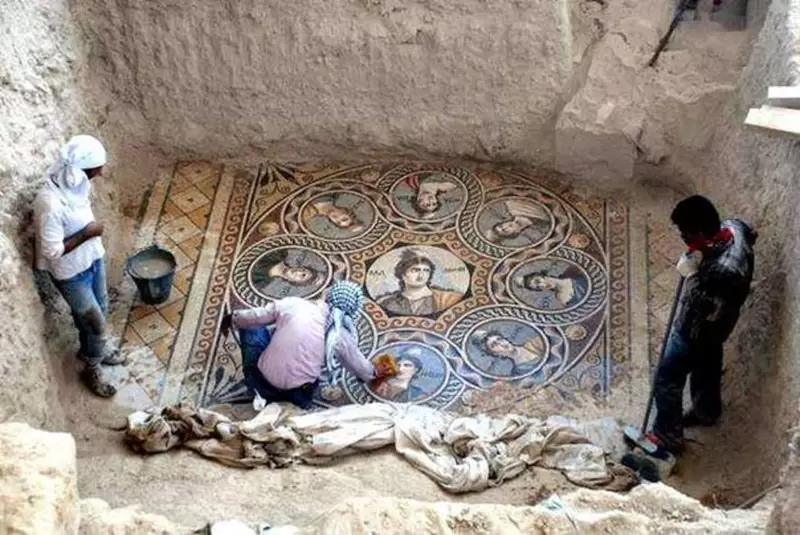
Zeugma Ancient City is an ancient city located within the boundaries of Nizip district of Gaziantep province in the southeast of Turkey. Zeugma, which was an important trade center during the Roman Empire period, is located on the west bank of the Euphrates River. The city takes its name from the bridge that connects the two sides of the Euphrates River.
Throughout its history, Zeugma Ancient City has hosted many civilizations. The city was founded by the Seleucid Empire in the 3rd century BC. Later, the city came under the rule of the Roman Empire and became an important trade center. Zeugma is particularly famous for its silk trade. The city also has a rich history in terms of art and culture.
There are many historical structures in Zeugma Ancient City. The most important structures of the city include mosaics and villas. The mosaics in Zeugma are considered among the most beautiful mosaics in the world. The mosaics include mythological scenes, animal figures, and geometric patterns. Villas are residences where wealthy Romans lived. Inside the villas, there are private baths, courtyards, and gardens.
Zeugma Ancient City also hosts many cultural events. The events held in the city include concerts, exhibitions, and theater plays. In addition, it is possible to learn about Zeugma's historical and cultural heritage in the museums in the city.
In conclusion, Zeugma Ancient City is an ancient city with a rich history and culture. The mosaics and villas in the city attract visitors' attention. In addition, cultural events held in the city provide visitors with an unforgettable experience. Zeugma Ancient City is one of Turkey's important tourist destinations and is a must-visit place.
Restoration Works and Future of Zeugma Ancient City
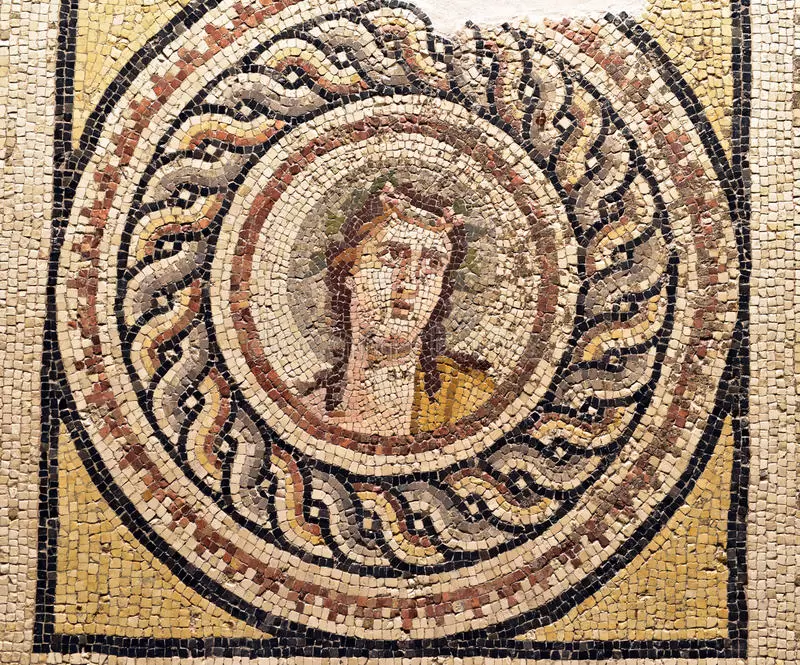
Zeugma Ancient City is a historical settlement located in the Nizip district of Gaziantep. Zeugma, which was an important trade center during the Roman Empire, has survived to the present day with its historical texture and archaeological remains. However, many parts of Zeugma have been damaged over time due to natural disasters, human impact, and other factors.
Therefore, restoration works of Zeugma Ancient City have gained momentum in recent years. Restoration works are carried out to preserve the historical texture of Zeugma and transfer it to future generations. Within the scope of these works, excavations have been carried out in many parts of Zeugma, archaeological remains have been revealed and protected.
Restoration works are not only important for preserving the historical texture of Zeugma but also for tourism. Zeugma Ancient City is an important historical settlement that attracts tourists. Thanks to restoration works, Zeugma's tourism potential will increase and contribute to the regional economy.
However, there are many factors that need to be considered during the restoration works of Zeugma Ancient City. During restoration works, any intervention that will disrupt the historical texture of Zeugma should not be made. In addition, the quality of materials used during restoration works is also important. Poor quality materials can damage the historical texture of Zeugma and endanger the historical heritage to be transferred to future generations.
In conclusion, restoration works of Zeugma Ancient City are carried out to preserve its historical texture and transfer it to future generations. These works will increase Zeugma's tourism potential and contribute to the regional economy. However, there are many factors that need to be considered during restoration works, and paying attention to these factors is important for preserving the historical texture of Zeugma.

Comments